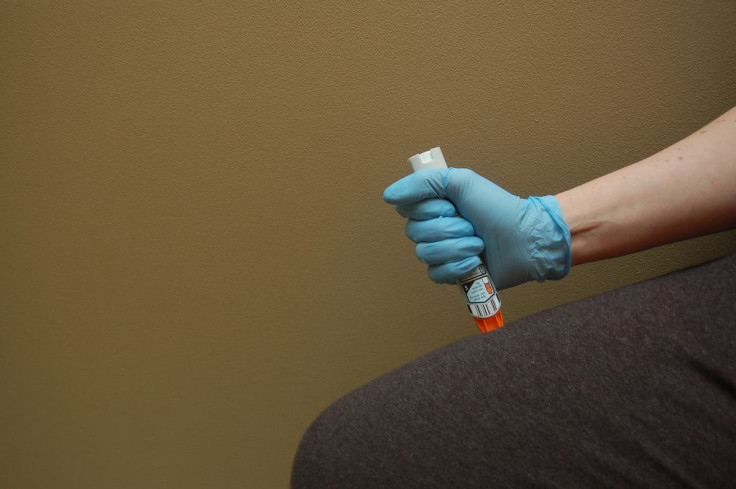Blood Test Predicts Allergy Severity Equal To Gold Standard, But Without Risk Of Reaction

The current gold standard for assessing children’s allergy severity, a guess-and-check method known as oral food challenges, may soon lose its distinction to a blood test known as a basophil activation test, or BAT.
Especially as allergies rise in prevalence in the U.S., doctors are searching for new ways to safely discover what children are allergic to. Unfortunately, oral food challenges take a somewhat unsophisticated approach, as giving kids popular allergens and seeing what happens leaves ample room for severe, sometimes life-threatening reactions. BAT may be able to deliver the same effectiveness without any of the side effects.
“Although food challenges are widely practiced, they carry the risk of severe allergic reactions, and we believe BAT testing will provide accurate information in a safer manner,” said Dr. Ying Song, lead author of a new study investigating the method’s effectiveness.
Song and other researchers in the Jaffe Food Allergy Institute at The Mount Sinai Hospital analyzed BAT’s effectiveness in a small sample of 67 people between the ages of 12 and 45. Each participant also underwent a food challenge with either a placebo or peanut, tree nut, fish, shellfish, or sesame. The blood sample results showed comparably severe allergic reactions among both groups, indicating basophil activation served as a reliable indicator for allergy.
Basophils are a type of immune cell that, while rare as circulating white blood cells, can reveal a lot about a person’s current immune health. When a person has an allergic reaction, the body undergoes an inflammatory response. On the surface, this produces the classic symptoms of allergies: watery eyes, sniffling, skin irritation. But under the skin, basophils are busy releasing histamines and binding an immunoglobulin known as IgE to promote an allergy response.
Scientists can now use basophil as a biomarker to understand a person’s allergy response. The more basophils that get activated by a specific allergen, the greater the allergy. Another method aside from BAT and food challenges is a blood test that takes a similar approach. It measures allergen-specific IgE, a protein made by the immune system. While simple, this test can’t judge severity like the other two. BAT appears to combine the best of both worlds.
Working against it are the costs and limited access, the researchers say. Few doctors use BAT in their practice. “This is perhaps due to the technical difficulties of the BAT because basophils are fragile and have short life spans,” the team wrote in their report. But given the early success with the new method, “perhaps further studies will provide support for the role of the BAT in routine allergy practice.”
Source: Song Y, Wang J, Leung N, et al. Correlations Between Basophil Activation, Allergen-Specific IgE With Outcome And Severity Of Oral Food Challenges. The Annals of Allergy, Asthma & Immunology. 2015.



























